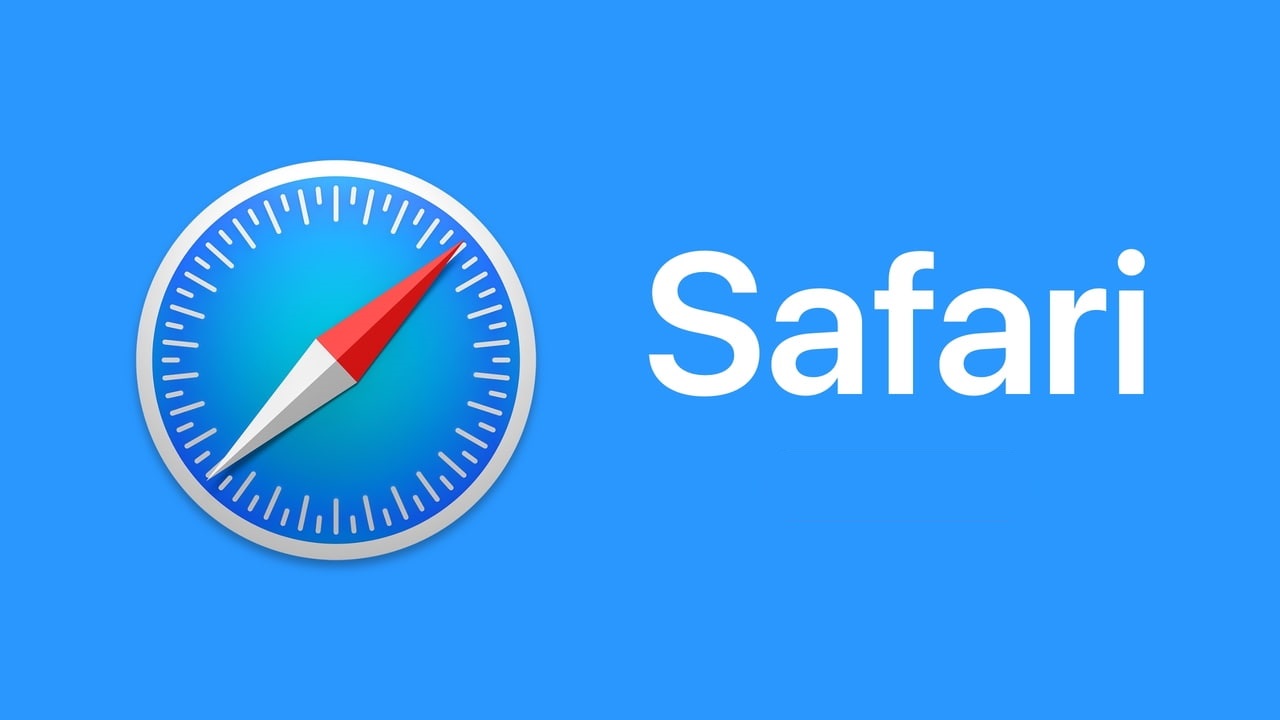The Wall Street Journal reports that Apple has been in discussions with X, the platform formerly known as Twitter, about bringing their ads back to the site. These talks happened just recently.
In the past, Apple decided to stop its advertising on X back in 2023 after Elon Musk, X’s owner, made some controversial remarks that were seen as antisemitic. There were also concerns because Apple’s ads were appearing next to posts that supported Hitler.
The situation got more complicated when Musk did something at Donald Trump’s inauguration that many thought looked like a Nazi salute. This has made some people question if Apple should even think about advertising on X again.
However, Musk is very close to Trump and has a big influence in his administration. This might make it easier for Apple to decide to advertise on X again since Apple’s CEO, Tim Cook, gave a significant donation to Trump’s inauguration and was there in person. Other tech leaders have also been making financial moves to stay in good graces with the new administration.
According to the Wall Street Journal, other big companies are also rethinking their advertising strategies on X. Amazon, for instance, is planning to increase its ad budget on the platform, which could help X manage its financial issues. Musk himself has admitted that X isn’t doing great; he’s said user numbers aren’t growing, and the site’s income isn’t much to brag about.
Given the political and social aspects of this topic, we’ve placed the discussion in our Political News forum. Everyone can read the thread, but you need at least 100 posts to join in the conversation.




